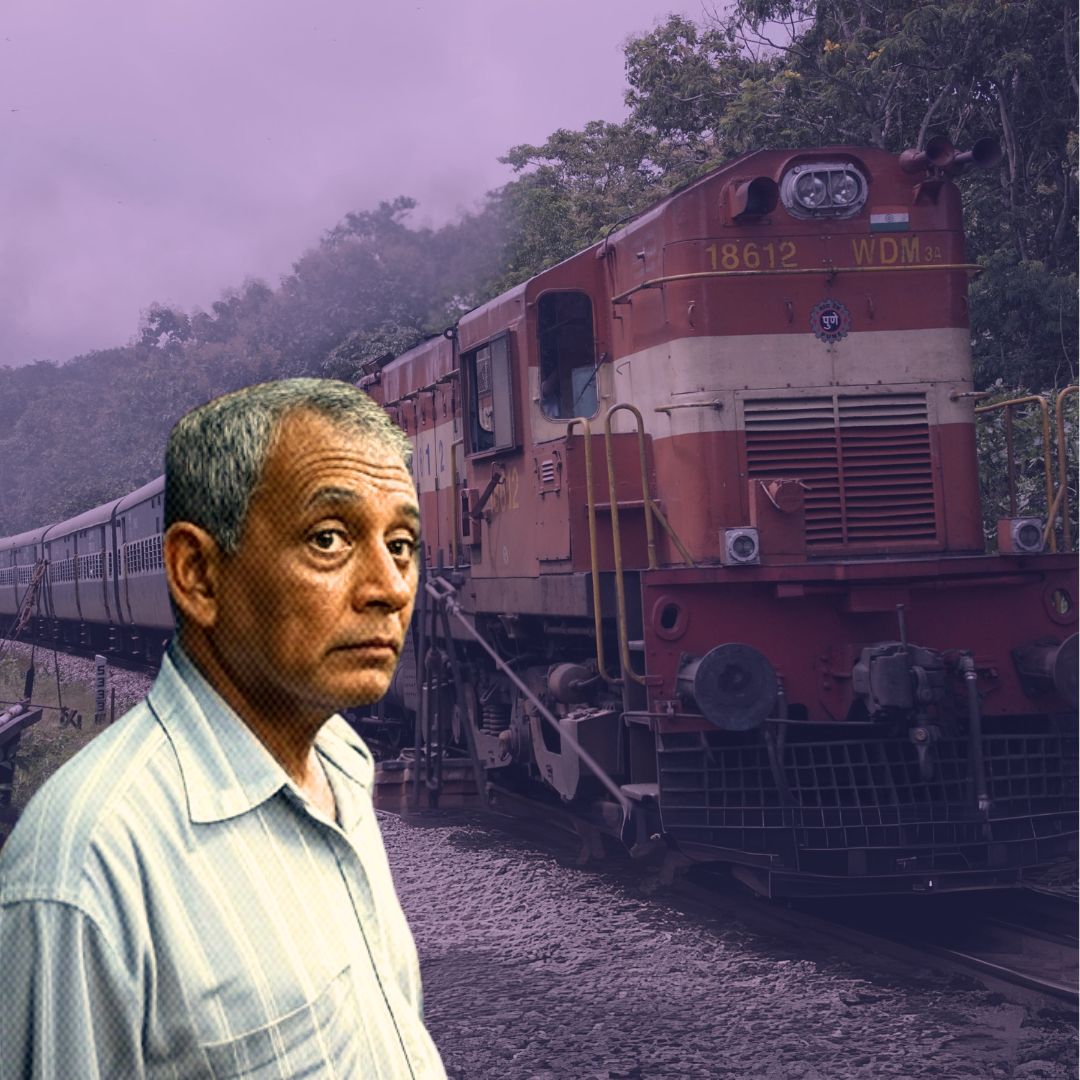A 50-year-old man tragically died on Friday evening after slipping and falling into the gap between a moving local train and the platform at Ghatkopar railway station in eastern Mumbai.
The incident occurred at 8:02 pm on Platform 1 of the Central Line while the man was attempting to alight from a Kalyan–CSMT local train. Despite immediate medical attention and being rushed to Rajawadi Hospital, he succumbed to his injuries.
This fatal accident adds to a series of recent tragedies on Mumbai’s suburban railway network, prompting authorities to launch an investigation into safety protocols and crowd management measures to prevent further loss of life.
Chaotic Evening at Ghatkopar Station
The accident unfolded during the evening peak hour, when Mumbai’s local trains are notoriously overcrowded. Eyewitnesses said the man tried to step off the moving train onto the narrow platform but lost his footing and slipped into the gap between the train and the platform edge.
Commuters nearby raised an alarm, and station staff quickly intervened to rescue him. However, the injuries he sustained were severe, and despite being transported to Rajawadi Hospital, he was declared dead shortly after arrival.
Authorities confirmed that the identity of the victim is yet to be ascertained, and train services on the Central Line were briefly halted before resuming normal operations. The Government Railway Police (GRP) have registered a case and are investigating whether overcrowding or inadequate safety measures contributed to the accident.
A Pattern of Distressing Incidents
This tragedy is not isolated. Just five days earlier, four passengers lost their lives and several others were injured in a separate accident near Mumbra station, where overcrowded trains and passengers hanging on footboards led to fatal falls onto the tracks.
These incidents have raised alarm bells about the safety of Mumbai’s suburban railway system, which carries millions daily. Railway officials have acknowledged the chronic problem of overcrowding and the risks posed by passengers boarding and alighting moving trains.
In response, the Railway Board has issued directives to install automatic door-closing mechanisms on all new and existing train rakes in Mumbai to prevent passengers from stepping off moving trains. Additionally, the Railway Minister has announced plans to increase the number of air-conditioned trains and improve station infrastructure to ease congestion and enhance commuter safety.
The Logical Indian’s Perspective
Mumbai’s local trains are the lifeblood of the city, enabling millions to commute daily. Yet, repeated fatal accidents highlight a systemic failure to ensure passenger safety and dignity.
It is imperative that authorities expedite infrastructural upgrades, enforce strict crowd management, and adopt technological solutions such as automatic doors and better platform design. Beyond infrastructure, public awareness campaigns about safe boarding and alighting practices are equally crucial.
The Logical Indian calls on all stakeholders—railway authorities, government bodies, and citizens—to collaborate in creating a safer, more humane travel environment. How can Mumbai’s commuters and authorities work together to transform this vital transport system into one that guarantees safety without compromising accessibility?












